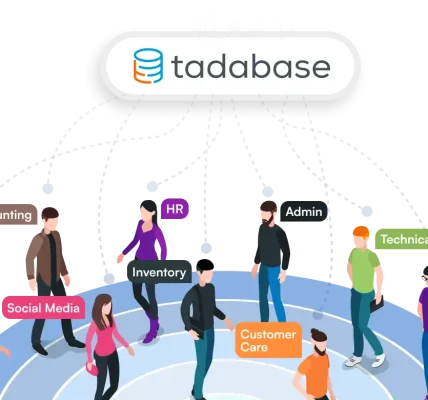AI tools have been adopted by accounting firms to increase efficiency and remain competitive by helping their clients meet increasing regulatory requirements.
The key will be learning how AI can turbocharge existing processes and learning how to automate. This article covers how major accounting software providers – including Oracle, FreshBooks, Intuit QuickBooks and FreshBooks – are using generative AI forProcess invoices,Process reconciliations,Process tax preparation functions.
AI-Powered Invoice Processing
AI auto-classifies and auto-matches data on invoices, validates calculations, extracts missing fields, performs reconciliation, boosts productivity and decreases error-prone manual intervention.
Natural-language processing systems enable systems to understand invoices written in a variety of languages and formats, and invoicing from all over the world can now be performed. AI systems analyse timely and past invoices, line by line, as well as paying patterns and behaviours of individual customers, enabling early detection of billing delays and unpaid invoices to prevent any blockages in cashflow and organisations’ financial sustainability.
Also, they automate two-way matching, which is the process of comparing the data pulled from each invoice against the receipts in the system, to provide assurance that there are fewer errors in the work of employees, invoices and orders match, and that spending is in line with accounting standards, making it easy for companies to reconcile invoices and orders with external records and databases, and also track spending patterns so that they can reallocate resources more efficiently.
AI-Powered Reconciliation
AI liberates the accountant by taking care of grunt work (such as matching past transactions in a piece of accounting software such as Xero or QuickBooks Online with transactions that appear on a bank statement; as well as tallying up invoices and matching them to amounts paid, tracing payments or cheques via electronic banking and identifying exceptions). Thus, accountants can spend more time on complex projects, while also reducing errors and increasing accuracy.
For example, AI can detect fraud posts by comparing records for commonalities such as names, addresses and numbers that appear across accounts or spreadsheets with data sources. AI also detects patterns or anomalies across accounts or spreadsheets that indicate fraudulence.
At the same time, though, there are many safe, fulfilling benefits that can come from AI, but I don’t think that it’s totally going to replace being an accountant. Accountants have knowledge regarding financial regulations and processes and they’re also interpreting that data to see trends and relationships, and have an understanding of this, and AI can’t give that insight like humans, so I don’t think it’s going to replace accounting.
AI-Powered OCR
OCR refers to the scanning of paper documents and images into digital format for processing by OCR software. The next stage, that of OCR powered by AI, goes a little further by enhancing the speed, accuracy and even automation of the technology across many sectors of the economy and many OCR applications.
AI-enabled OCR systems, for instance, use natural language processing, machine learning and deep learning technologies to read invoices and extract the provided data, which minimises human involvement (reading and typing out data) in order to improve efficiency, optimise time and avoid the extremely expensive mistake many companies make when manually entering data.
Insurance firms use AI-powered OCR to quickly and accurately scan large volumes of claims, which significantly reduces claims-settlement time, healthcare use of AI-powered OCR allows patient forms to be quickly processed as all the necessary information is rapidly identified and extracted from those forms, and bank staff use it to identify fraudulent activity as important details on customers’ filled-in forms, for example a signature, are automatically analysed and identified to alert staff to documents that are missing information or don’t match the signatures on file. It’s also used for inventory management, and in the legal industry where verification of photographs with documents are conducted efficiently and accurately at a high pace, increasing speed to market across the board. But far beyond the operational efficiency that its use imparts and the increase in the quality of the data that forms are analysed to generate, employees are freed from low-level, documentation-intensive work and, instead, can focus on much more valuable activities.
AI-Powered Financial Reporting
Financial reporting can be very time-consuming and data-intensive, with structured and unstructured inputs carefully checked, balanced and re-checked. Regulatory deadlines are often tight, so this is a good candidate for AI.
AI will automate the matching function so that every piece of data fits perfectly, saving from costly errors that can lead to compliance issues and penalties on companies. Other ways AI can help include identifying revenue opportunities, perfecting cash flow management processes, and utilising predictive analytics to guide the budgeting and forecasting processes.
AI-powered solutions help finance teams move from repetitive, low-touch tasks to more high-value analysis and forecasting, which ultimately leads to faster strategic decision-making – both of which are critical for sustainable profitability and help facilitate agile financial management practices.






